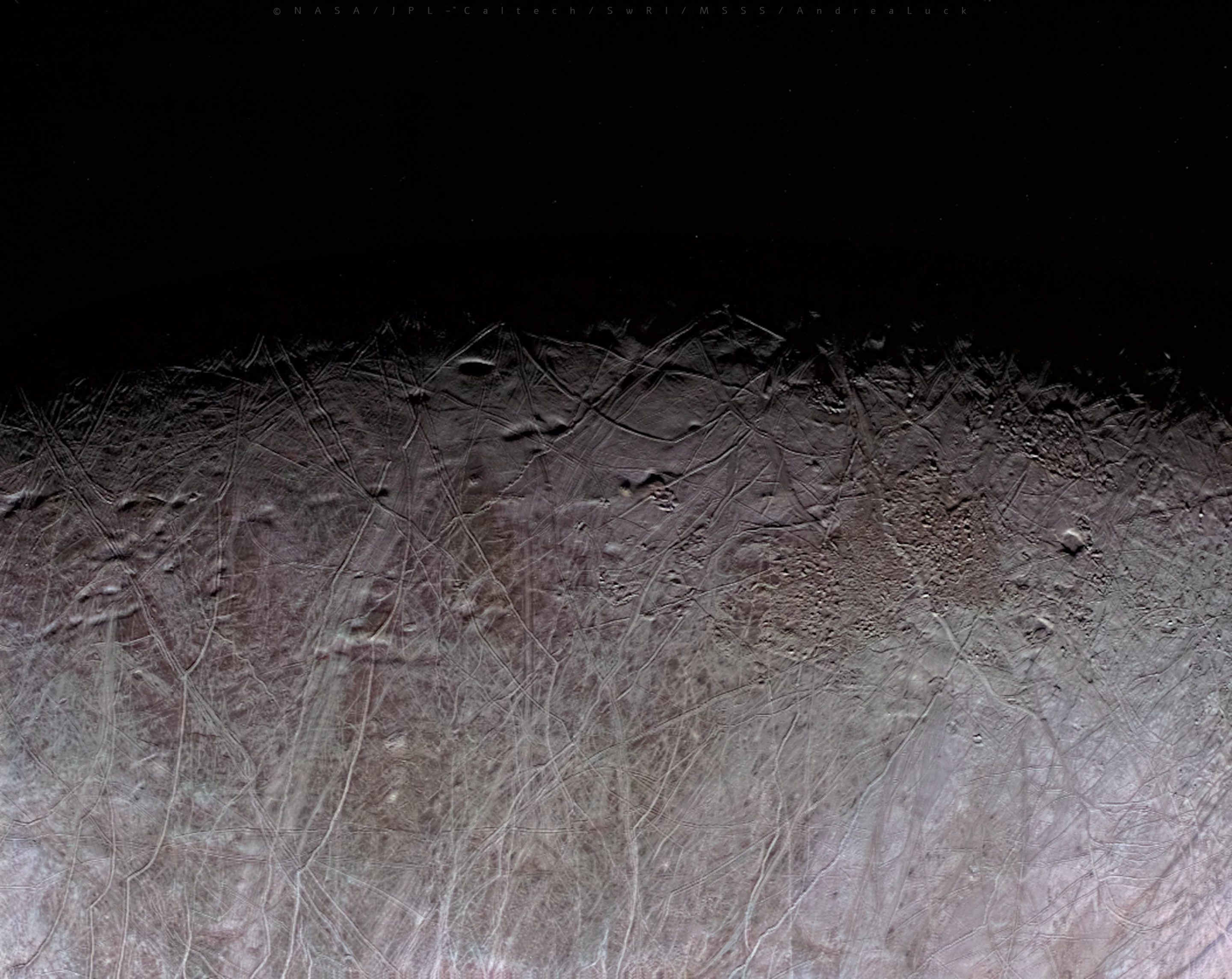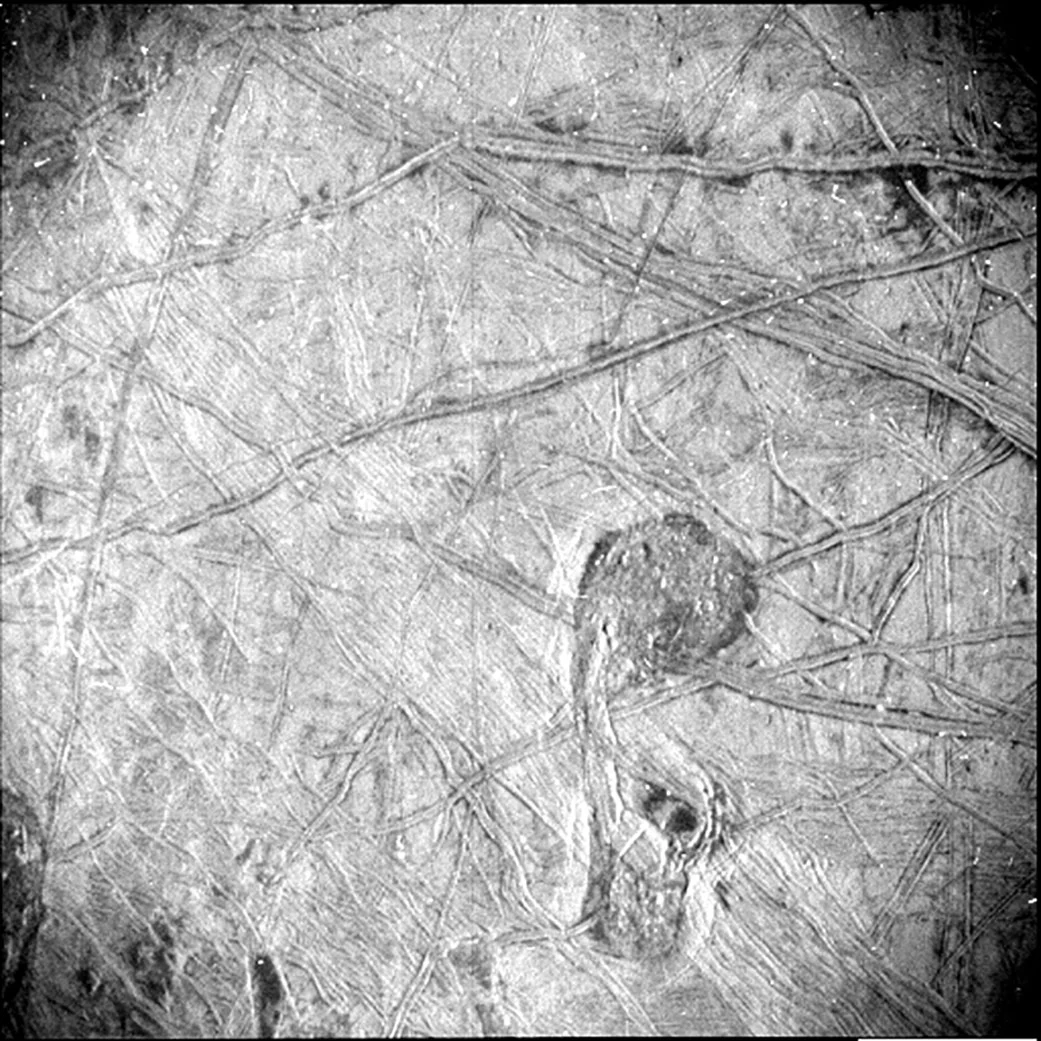In late September, NASA’s Juno probe swept by the Jovian moon Europa in the closest flyby for decades, capturing a slew of data that will help scientists untangle the mysteries of the frosty celestial body. A new image has now landed from this encounter that presents the fractured, icy crust of Europa in ultra-high resolution.
The Juno probe entered orbit around Jupiter in 2016 and has captured some incredible imagery and provided some scientific insights since. Over the past week or so, we’ve seen these observations extend to Europa, one of Jupiter’s largest moons and key focal point for scientists searching the Solar System for signs of life.
During its close flyby of Europa on September 29, Juno came within 219 miles (352 km) of the moon’s surface and became the first spacecraft to come this close since Galileo’s flyby in 2000. In doing so, the probe captured incredibly high-resolution images of the Jovian moon.
We’re now seeing what that kind of resolution looks like, with the first close-up image from Juno presenting incredible features such as grooves and ridges lining the surface. The black and white image was snapped at a distance of around 256 miles (412 km) as Juno swept past at around 15 miles (24 km) per second.

It shows a section of Europa spanning 93 miles by 125 miles (150 km x 200 km) that was in night time, but illuminated by “Jupiter shine,” or sunlight bouncing off the cloud tops of Jupiter. With a resolution of 840 to 1,115 feet (256 to 340 m) per pixel, the image shows a peculiar feature likened to a musical note in the bottom right. The bright specks that dot the image, meanwhile, are high-energy particles created by the intense radiation around the moon.
“This image is unlocking an incredible level of detail in a region not previously imaged at such resolution and under such revealing illumination conditions,” said Heidi Becker, the lead co-investigator for Juno’s Stellar Reference Unit, the instrument behind the image. “The team’s use of a star-tracker camera for science is a great example of Juno’s groundbreaking capabilities. These features are so intriguing. Understanding how they formed – and how they connect to Europa’s history – informs us about internal and external processes shaping the icy crust.”
Source: NASA





